Sacroiliac Joint Injection
Sacroiliac Joint Pain
Sacroiliac joint pain can occur in the low back, buttock, hip, groin, and leg – usually not below the calf. For example, it is not uncommon for right sacroiliac joint dysfunction to result in right-sided low back pain, right buttock pain, right hip pain, right groin pain and right thigh pain.
There are many causes of sacroiliac joint dysfunction. Some of these may include trauma, differences in leg length, pregnancy, altered gait patterns, arthritis, and infection.
Sacroiliac Joint Injection
Sacroiliac joint injections are primarily used either to diagnose or treat low back pain and/or sciatica symptoms associated with sacroiliac joint dysfunction. The sacroiliac joints lie next to the spine and connect the sacrum with the hip on both sides. There are two sacroiliac joints, one on each side. Joint inflammation and/or dysfunction in this area can cause significant pain.
A diagnostic sacroiliac joint injection is used to confirm a suspected diagnosis of sacroiliac joint dysfunction. A therapeutic sacroiliac joint injection is done to provide relief of the pain associated with sacroiliac joint dysfunction. It is an injection typically of a steroid into a sacroiliac joint. The steroid injected reduces the inflammation and swelling of tissue in and around the joint space. This may in turn reduce pain, and other symptoms caused by inflammation or irritation of the joint and surrounding structures.
If you experience prolonged pain relief after a therapeutic sacroiliac joint injection, you can begin a physical therapy program to further reduce pain and enable you to return to normal activity levels. If the therapeutic sacroiliac joint injection is successful in reducing or eliminating your pain for a longer duration, it may be repeated up to three times per year.
Sacroiliac Joint Radio-frequency Ablation
Radio-frequency ablation can be performed on the sacroiliac joint on the right candidate of patients. It is a minimally invasive procedure that is performed with local anesthetic and oral sedation if needed. Radio-frequency ablation is performed under Xray for guidance in properly targeting and placing the needle (and for avoiding nerve or other injury). A small amount of electrical current in the form of radio frequency waves are introduced to heat the tip of the needle and a heat lesion is created on the nerve to disrupt the nerve’s ability to send pain signals.
Tania Faruque MD is the medical director of Palomar Spine & Pain, in Escondido, CA (North San Diego County).
